Last updated: March 2, 2022
Article
Bridging the Gap at Backman Elementary
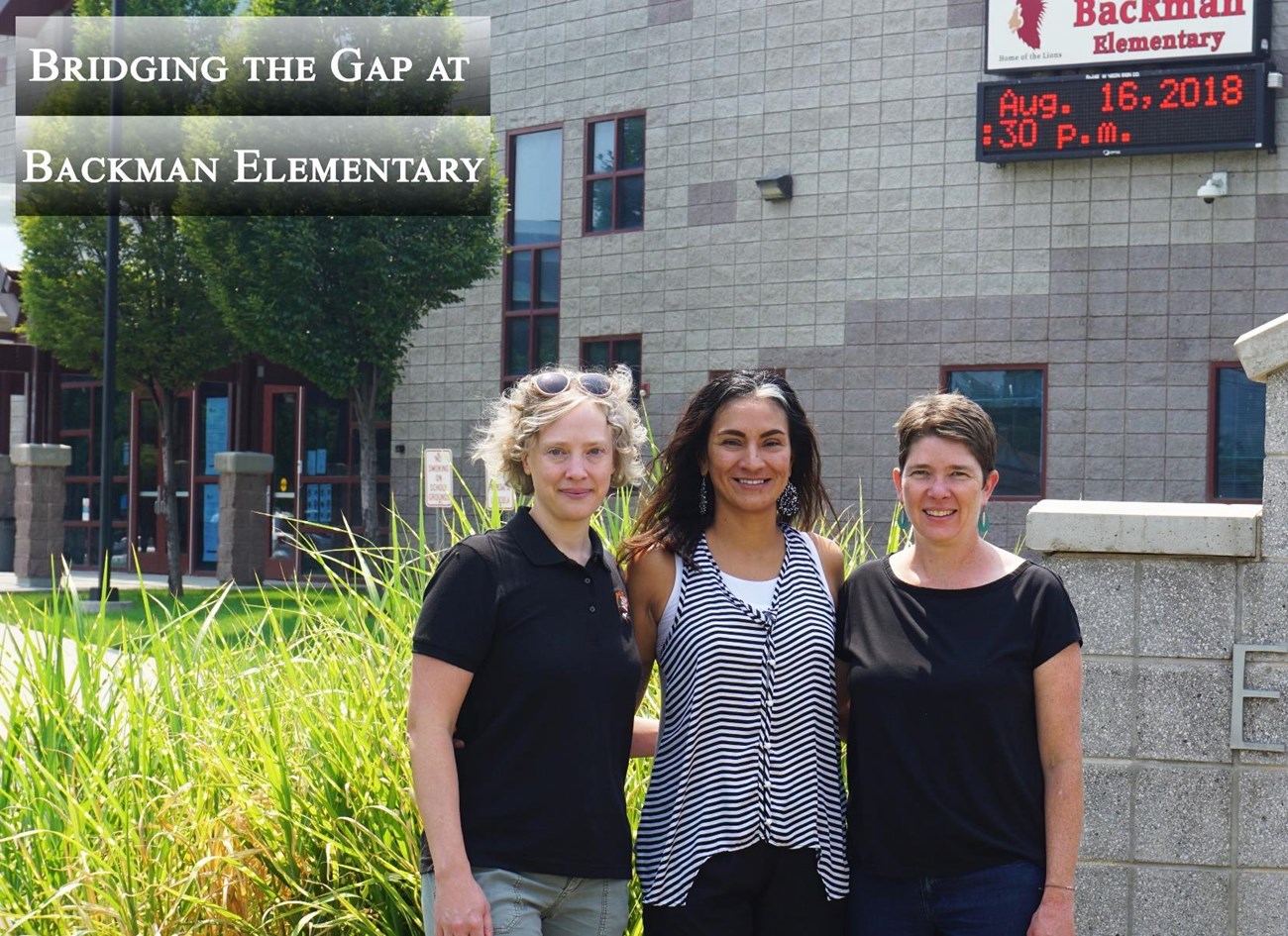
By Margaret Gach and Alan Turnbull
Educators often employ a metaphor about “building bridges” when identifying what they need to strengthen their schools and connect them better to the communities they serve. At Backman Elementary School in Salt Lake City, Utah, school officials were being quite literal: they needed to build a bridge.
To walk to school from nearby apartment complexes, many of the students have to cut through a gap in a fence, follow a paved road with no sidewalks and cross the Jordan River alongside a busy road. Karina Lugo Villalba, Backman’s family and school collaboration specialist, knew that this dangerous and uninviting trek was a barrier to students trying to access the school – especially when parents or other adults are not available to escort the children every day.
Principal Heather Newell understands that the students do not all have the same opportunities as other children in Utah to spend time playing and learning in the outdoors. By putting a bridge over the river that separates the school from the apartment complexes where many of its students live, the two leaders hope they could improve both the safety and educational outcomes of their students.
To learn more about designing and constructing a bridge, Newell and Villalba applied for assistance from the National Park Service – Rivers, Trails and Conservation Assistance program. Project specialist Marcy DeMillion knew that her agency could help, and as the project began to move forward they reached out to a number of other partners.
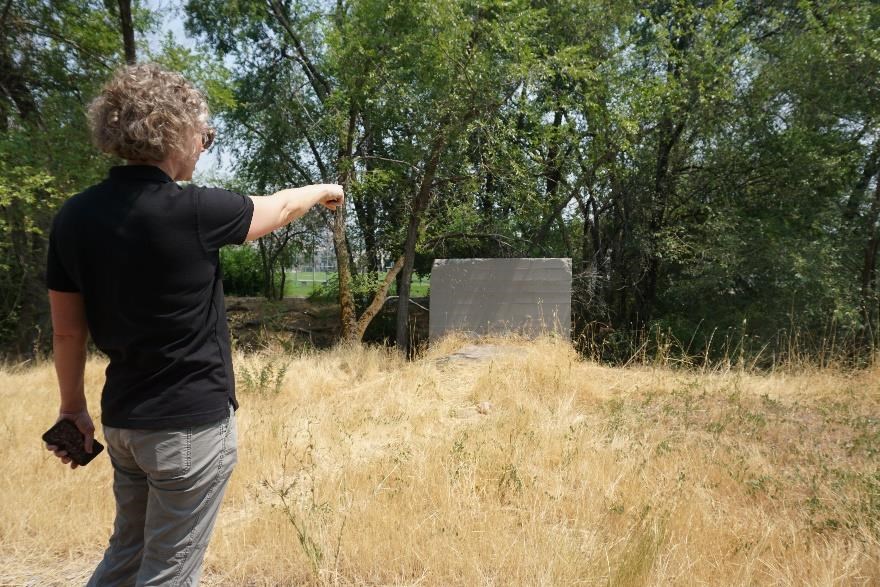
Newell and Villalba’s passion for their students helped energize the growing network of collaborators, and the idea for a bridge soon expanded into ideas for enhancing outdoor education and enjoyment on lands that the intended path would traverse. The open space parcel, though close to the school and owned by the city, was overgrown with weeds and often used as a shelter for homeless people.
The National Park Service staff facilitated a series of meetings with city leaders to help Newell and Villalba pitch their vision: a pedestrian bridge along with a managed open space that teachers could use for outdoor education – where students could play and enjoy nature.
Ultimately, the school won the city’s support along with the funding needed for the project. “We had no idea this is what it took to build a bridge, and no idea that it would take four years,” Villalba said.
"I think it’s a really good example of how [the National Park Service – Rivers, Trails and Conservation Assistance program] helps people work on the projects in their community that matter to them.” – Betsy Byrne
Giving the students and their families a leading voice in the project has been a driving principle for both Newell and Villalba, who said that building trust with the families has been essential in giving residents a sense of autonomy over their neighborhood. Backman’s students are diverse – sixteen languages are represented in the school, two-thirds of the students are learning English as a new language, 88 percent are students of color, and 94 percent of students qualify for free or reduced-price meals.
“That bridge is going to serve in so many ways and for so many people,” Villalba said. “It’s just part of making the school part of the community.”
Even though they are surrounded by Utah’s natural beauty, Villalba said her students do not have access to resources or equipment to enjoy the outdoors. For this reason, expanding outdoor educational opportunities for students has been a focus of the project.
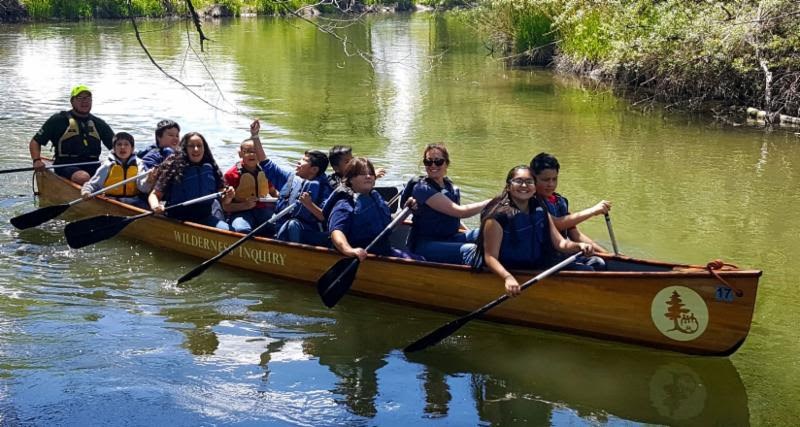
National Park Service project specialist Betsy Byrne helped connect Backman Elementary to the Wilderness Inquiry’s Canoemobile, a “floating classroom” that takes students on canoe trips on the Jordan River and combines it with land-based learning activities. Having actually paddled on and enjoyed their local river, students feel more directly connected to the Jordan River and to the nature that adjoins their own schoolyard.
Byrne used her skills as a landscape architect by organizing 40 students in a design “charrette,” an exercise used to brainstorm how they wanted to use that open space parcel and what they wanted it to look like. Drawing help from additional partners, such as members of the Utah chapter of the American Society of Landscape Architects and staff from the Jordan River Commission, the team helped the children express their own ideas for the open space and drew them on maps. The students’ ideas included elements such as trailside fruit trees, an obstacle course and places intended for watching the river flow.
Byrne used those ideas to create a concept plan to share with city officials as one of the first steps to turn the students’ visions into a reality. City staff are currently developing final design and construction documents based on the concept plan and has devoted funds for implementation.
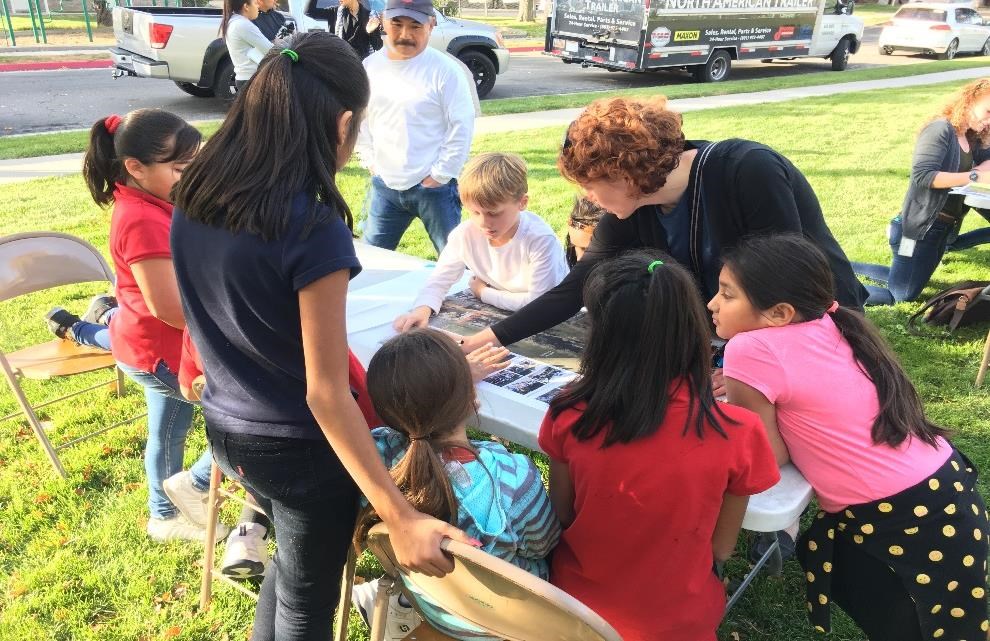
“I think it’s a really good example of how [the National Park Service – Rivers, Trails and Conservation Assistance program] helps people work on the projects in their community that matter to them,” Byrne said. “It’s the school saying, ‘we want to do this; this is our goal; this is our vision.’ And we’re here to help them figure out how to make it happen.”
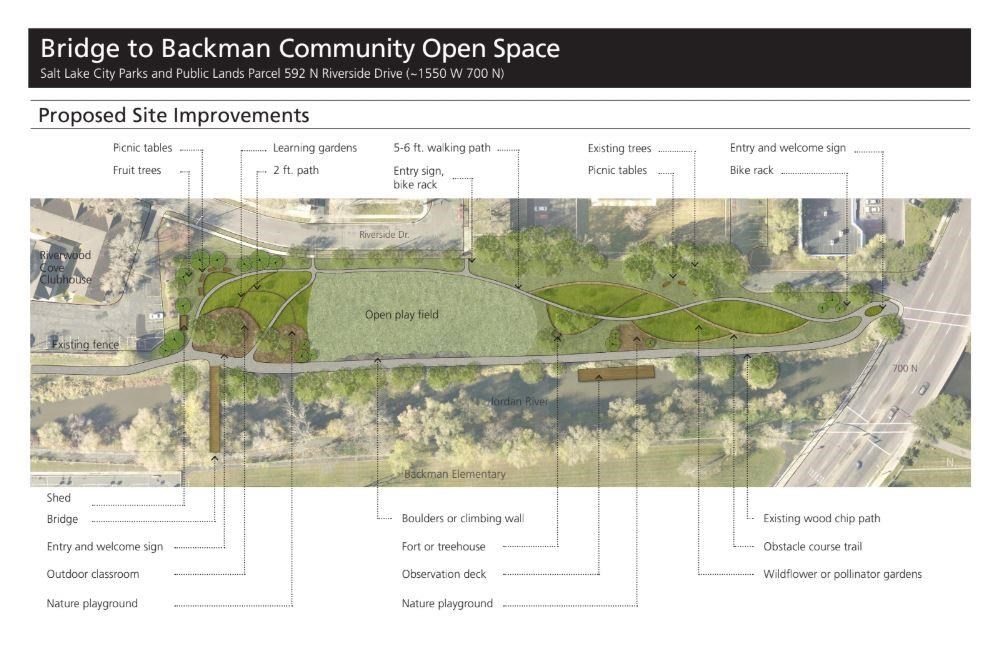
Newell explained that engaging with partners like the National Park Service has helped the students and their families create relationships and build trust with those agencies and the city. These working partnerships provide students with ideas about careers and the ways the government can work. Moreover, it has taught the students that they have a voice in how their public lands and other community resources are used.
Meanwhile, construction of the actual footbridge, and the students’ wished-for improvements in the open space area, will begin in fall of 2019. “This bridge thing is now,” Villalba said. “We’ve got to get our sneakers on because we’re at this path where it’s going to unfold and become a reality.” After years of planning, learning, and working toward that goal, the community and its school are ready.
